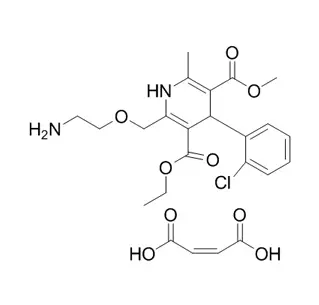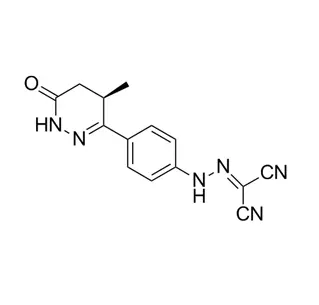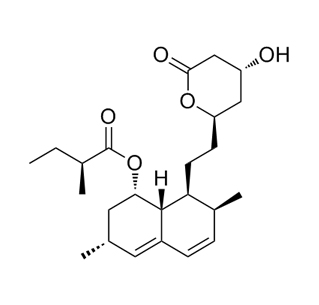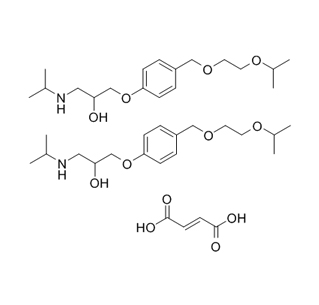
Search

Search

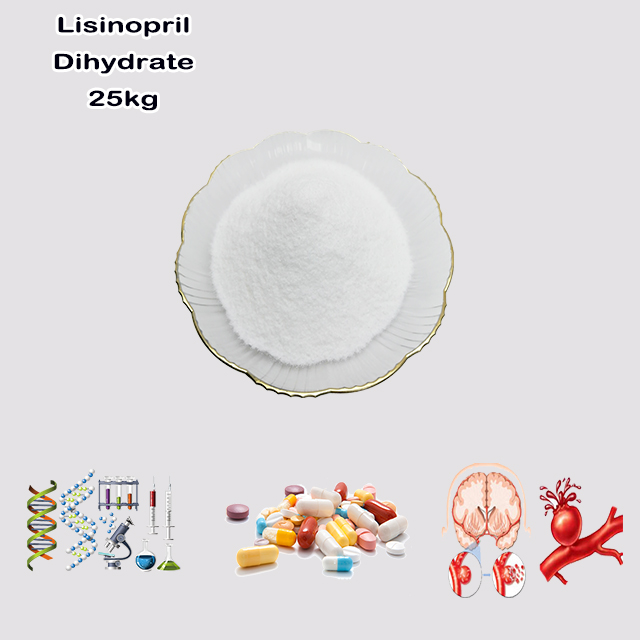
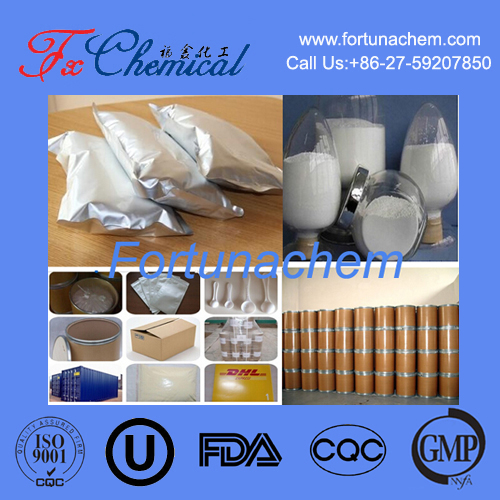

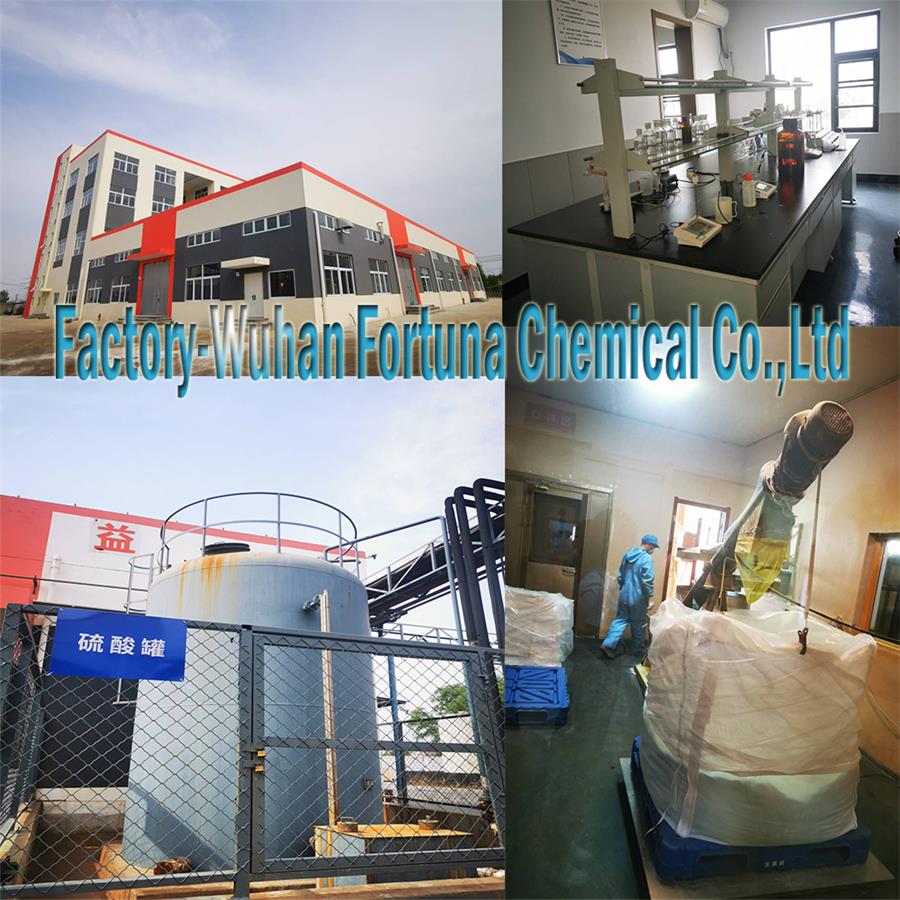
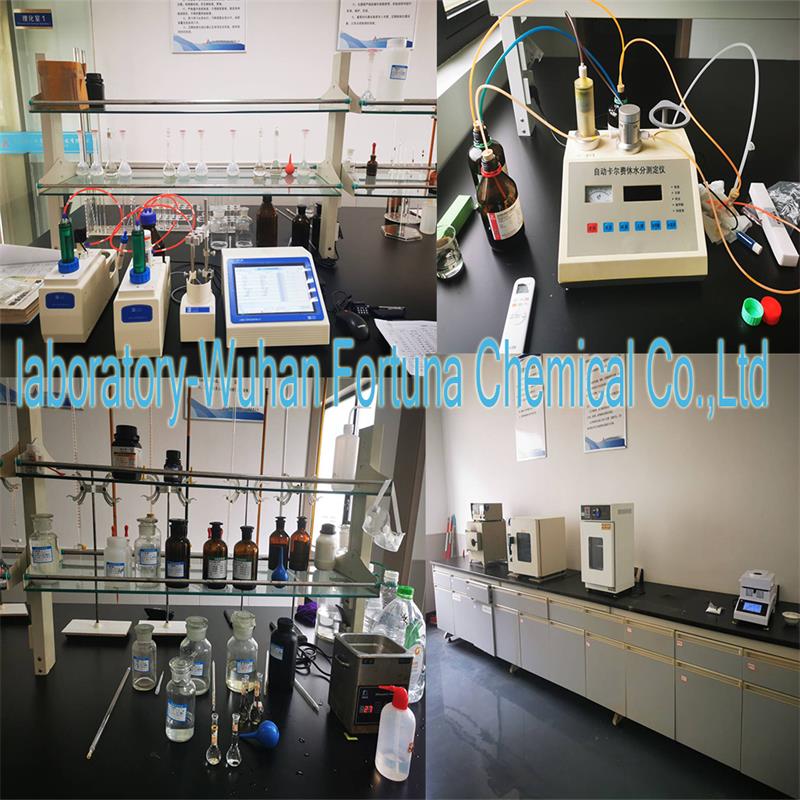





Lisinopril dihydrate is used in the treatment of hypertension. Lisinopril dihydrate in patients with heart failure can reduce lung wedge pressure, increase cardiac output, increase left ventricular ejection fraction, and improve cardiac function. It can increase renal blood flow, reduce renal vascular resistance, increase glomerular filtration rate.
| Items | Specifications | Results |
| Appearance | White crystalline powder | Conforms |
| Water | 8.0%~9.5% | 8.7% |
| Residue on ignition | ≤0.1% | <0.06% |
| Assay (HPLC) | 98.0%~102.0% | 100.1% |
| Residual solvents | Ethanol ≤0.5% | 0.008% |
| Product parameters | |
| Cas number: | 83915-83-7 |
| Appearance: | White crystalline powder |
| Purity: | 98~102% |
| Package details: | 1kg/foil bag; 25kg/fiber drum |
| Brand: | Fortunachem |
Lisinopril Dihydrate is the dihydrate crystalline form of Lisinopril, which is a synthetic peptide derivative and a potent, long-acting Angiotensin-Converting Enzyme (ACE) inhibitor. It is primarily used as a prescription medication to treat high blood pressure, heart failure, and to improve survival after a heart attack.
IUPAC Name: (2S)-1-[(2S)-2-{[(1S)-1-ethoxy-1-oxo-4-phenylbutan-2-yl]amino}propanoyl]pyrrolidine-2-carboxylic acid dihydrate
Molecular Formula: C<sub>21</sub>H<sub>31</sub>N<sub>3</sub>O<sub>5</sub> · 2H<sub>2</sub>O
CAS Number: 83915-83-7
Lisinopril's structure is complex and contains several key features essential for its activity:
Peptide-like Backbone: It is derived from the structure of a natural snake venom peptide that was the first ACE inhibitor discovered. It contains several key chiral centers (S-configuration).
Zinc-Binding Group: A carboxylate group (-COO⁻) that strongly binds to a Zinc ion (Zn²⁺) at the active site of the ACE enzyme. This is crucial for its inhibitory action.
"N-Terminal" Mimic: A proline ring which fits perfectly into a sub-site of the enzyme, providing specificity.
"C-Terminal" Mimic: A lysine-like side chain (from which it gets the "Lisi-" part of its name: Lysine analog + Indole + Proline) with a phenylbutyl group that occupies another sub-site.
The "Dihydrate" Part:
This means the Lisinopril molecule is crystallized with two molecules of water (2H₂O) per molecule of Lisinopril.
These water molecules are part of the crystal lattice structure. They are not just absorbed moisture; they are integral to the solid form's stability, solubility, and physical properties (like powder flow and tablet compression).
The dihydrate form is the standard and most common form used in pharmaceutical products due to its stability and reproducible manufacturing properties.
Appearance: A white to off-white, crystalline powder.
Solubility: It is freely soluble in water and sparingly soluble in methanol. It is practically insoluble in most common organic solvents like ethanol or acetone. The dihydrate form is specifically engineered to have optimal solubility for absorption in the digestive tract.
Chirality: Lisinopril has three stereocenters and is used as a single enantiomer. This specific 3D shape is absolutely critical for its high affinity and activity at the ACE enzyme.
Lisinopril is a competitive inhibitor of Angiotensin-Converting Enzyme (ACE).
The Renin-Angiotensin-Aldosterone System (RAAS): This is a hormone system that regulates blood pressure and fluid balance.
ACE's Role: The ACE enzyme normally converts the inactive Angiotensin I into the potent vasoconstrictor Angiotensin II. Angiotensin II also stimulates the release of aldosterone, which causes salt and water retention.
Lisinopril's Intervention: Lisinopril competitively binds to the active site of the ACE enzyme, blocking it.
Its carboxylate group binds to the Zinc ion.
The rest of its structure occupies the enzyme's active site, preventing Angiotensin I from entering.
Net Physiological Effects:
Decreased Angiotensin II: Levels of the powerful vasoconstrictor drop significantly.
Vasodilation: Blood vessels relax and widen, reducing blood pressure.
Decreased Aldosterone: This reduces salt and water retention, lowering blood volume and further reducing blood pressure.
Increased Bradykinin: ACE also breaks down bradykinin (a vasodilator). Inhibiting ACE leads to increased bradykinin levels, which contributes to vasodilation but is also thought to be responsible for the side effect of a dry cough.
Lisinopril (Dihydrate) is one of the most widely prescribed drugs in the world. Its main uses are:
Hypertension (High Blood Pressure): Used as a first-line treatment.
Heart Failure: Used to improve survival and reduce symptoms and hospitalizations.
Post-Myocardial Infarction (Heart Attack): Used to improve survival and prevent the development of heart failure when started within 24 hours of a heart attack.
Diabetic Nephropathy: Used to protect the kidneys in patients with diabetes and high blood pressure.
A key chemical feature of Lisinopril is that it is not a prodrug. Unlike other ACE inhibitors (e.g., Enalapril, Ramipril), which are administered as inactive esters and must be metabolized in the liver to become active, Lisinopril is active as-is. This is why it has a faster onset of action and is preferred in patients with liver impairment.
In conclusion, Lisinopril Dihydrate is the stable, crystalline dihydrate form of a potent, direct-acting ACE inhibitor. Its specific chemical structure allows it to potently and selectively inhibit a key enzyme in blood pressure regulation, making it a cornerstone therapy for cardiovascular and renal diseases.
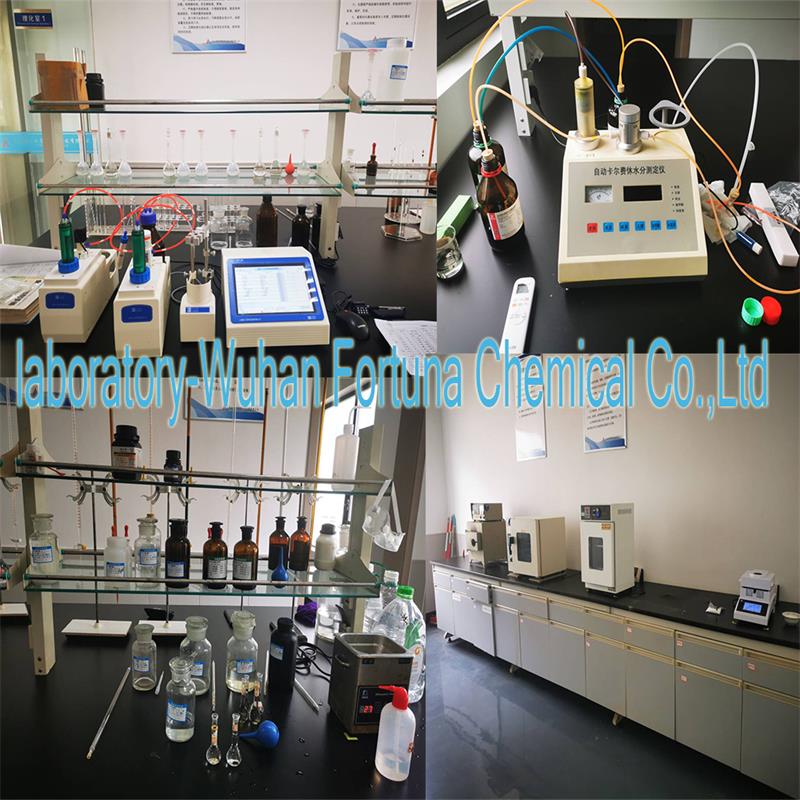
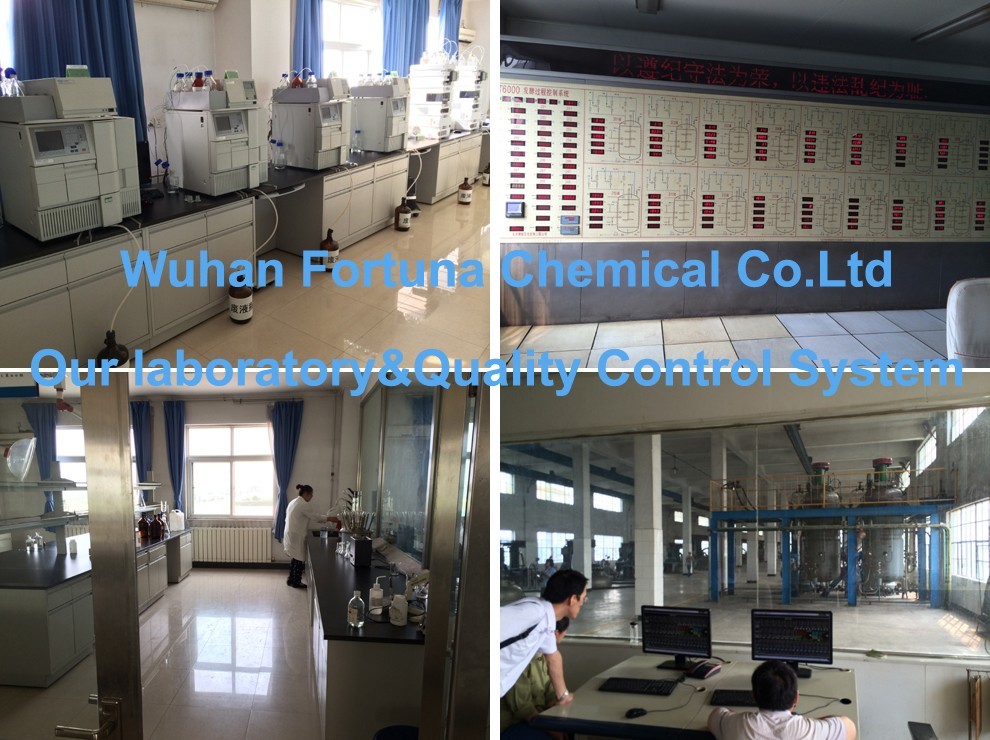
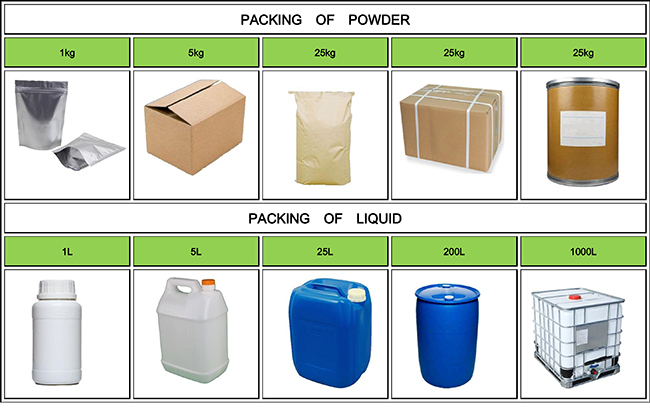

Used for the treatment of hypertension.


Fortunachem Provides Not Only Professional Chemical Products But Also Professional Help
Keeping you up-to-date with all the latest information, news, and events about Fortunachem!

Quick Links
Add:
E-mail:
 English
English  Español
Español  français
français  العربية
العربية 